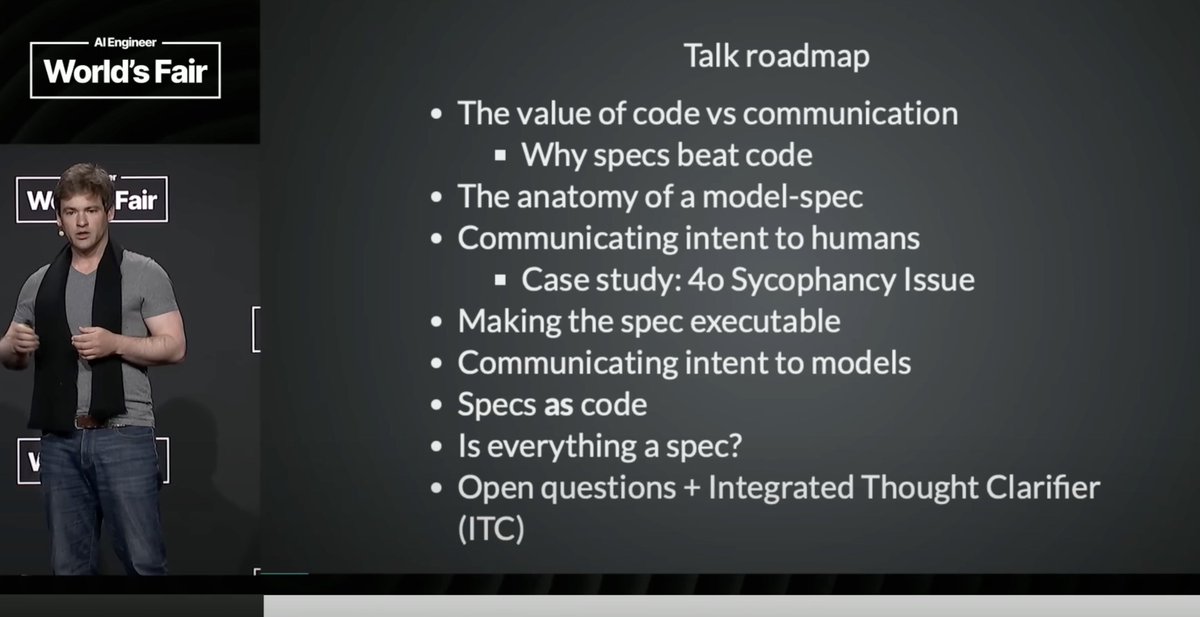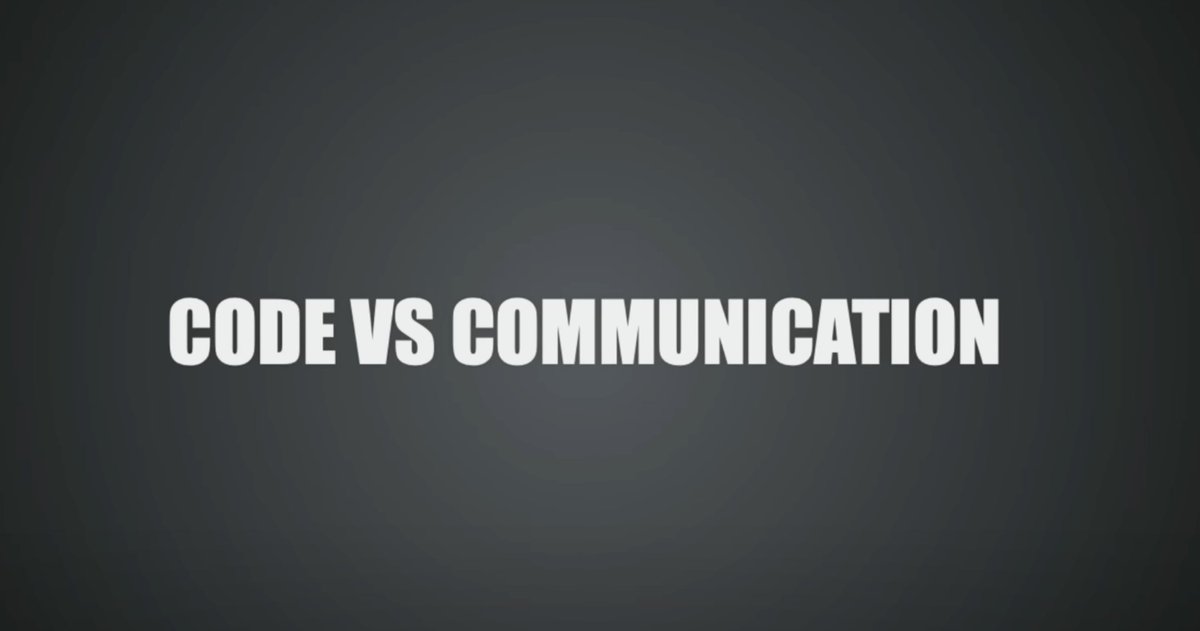If I woke up tomorrow with $0 in my bank account…
I’d still know exactly what to do.
Because I went from $0 to $40K/month selling digital AI products.
Here’s the exact system I’d follow again (step-by-step): 🧵
I’d still know exactly what to do.
Because I went from $0 to $40K/month selling digital AI products.
Here’s the exact system I’d follow again (step-by-step): 🧵
1/ In 2022, I had no budget.
But when ChatGPT launched, I couldn’t ignore it.
People sold pizza/spaghetti image prompts for $5.
So I joined in – and failed.
No one cared.
But when ChatGPT launched, I couldn’t ignore it.
People sold pizza/spaghetti image prompts for $5.
So I joined in – and failed.
No one cared.
2/ I didn’t know how to prompt.
Didn’t know how to market.
Just wasted time making food prompts, 3D icons, and fake ads.
But I refused to give up.
Didn’t know how to market.
Just wasted time making food prompts, 3D icons, and fake ads.
But I refused to give up.
3/ I studied Reddit.
Broke down every good prompt I found.
I discovered a pattern:
Great prompts all had a role, context, steps, constraints, and output format.
So I built a system around it.
Broke down every good prompt I found.
I discovered a pattern:
Great prompts all had a role, context, steps, constraints, and output format.
So I built a system around it.
4/ I created a formula with one centralized section:
#INFORMATION ABOUT ME.
This made it easier to tweak and reuse prompts.
Shared it across subreddits – people loved it.
That's when it clicked:
Prompts aren't just text.
They're products.
#INFORMATION ABOUT ME.
This made it easier to tweak and reuse prompts.
Shared it across subreddits – people loved it.
That's when it clicked:
Prompts aren't just text.
They're products.
5/ I launched a Shopify store.
Ran Facebook ads.
1X ROI.
Felt like I was making money – but I was just giving it to Zuckerberg.
How did I fund it?
I gambled with my last $300.
Ran Facebook ads.
1X ROI.
Felt like I was making money – but I was just giving it to Zuckerberg.
How did I fund it?
I gambled with my last $300.
6/ I promoted my store manually:
Reddit posts, Facebook groups, TikToks, Instagram.
Nothing blew up, but I got a few customers.
Then I discovered Notion templates.
Organized all my prompts into clean, visual templates.
It felt like a real product.
Reddit posts, Facebook groups, TikToks, Instagram.
Nothing blew up, but I got a few customers.
Then I discovered Notion templates.
Organized all my prompts into clean, visual templates.
It felt like a real product.
7/ Shopify was too limited.
So I learned Webflow with help from a Fiverr dev.
Built a proper landing page.
Finally – it looked legit.
So I learned Webflow with help from a Fiverr dev.
Built a proper landing page.
Finally – it looked legit.
8/ But I still needed traffic.
I studied Notion sellers and saw they gave products away for free.
Why?
Because of upsells through email.
So I tried it.
I studied Notion sellers and saw they gave products away for free.
Why?
Because of upsells through email.
So I tried it.
9/ I joined Beehiiv.
Created free products → captured emails → sent 1-month email sequences.
It worked.
I shared my giveaway 200+ times a day across Reddit, FB, Twitter, LinkedIn.
$100/day in sales followed.
Created free products → captured emails → sent 1-month email sequences.
It worked.
I shared my giveaway 200+ times a day across Reddit, FB, Twitter, LinkedIn.
$100/day in sales followed.
10/ Hired help on Fiverr to post for me.
Grew my list from 0 to 5K in 2 months.
Then to 10K using Facebook ads + newsletter sponsorships.
Lead cost: $0.50–$1.
But sales plateaued.
Grew my list from 0 to 5K in 2 months.
Then to 10K using Facebook ads + newsletter sponsorships.
Lead cost: $0.50–$1.
But sales plateaued.
11/ Why?
Too many products.
Buyers got overwhelmed.
So I bundled everything.
Created the “Complete AI Bundle.”
One clean offer. Simple choice.
godofprompt.ai/complete-ai-bu…
Too many products.
Buyers got overwhelmed.
So I bundled everything.
Created the “Complete AI Bundle.”
One clean offer. Simple choice.
godofprompt.ai/complete-ai-bu…
12/ That’s when sales jumped.
With a clearer funnel and focused offer, things clicked.
Then we doubled down on Twitter – posting ChatGPT prompts daily.
Our content finally went viral.
With a clearer funnel and focused offer, things clicked.
Then we doubled down on Twitter – posting ChatGPT prompts daily.
Our content finally went viral.
13/ Lessons:
• Test fast. If it flops, pivot.
• Study what others do right.
• A free product + email = underrated growth combo
• One good bundle > 10 scattered products
• Treat prompts as systems, not text
• Test fast. If it flops, pivot.
• Study what others do right.
• A free product + email = underrated growth combo
• One good bundle > 10 scattered products
• Treat prompts as systems, not text
14/ From spaghetti images to a $40K/month prompt engine.
From $300 to 100K+ AI-powered entrepreneurs.
That’s how we built @godofprompt.
From $300 to 100K+ AI-powered entrepreneurs.
That’s how we built @godofprompt.
Are you choosing a cup of coffee or investing in your business success?
→ Only $15/month for all of my AI prompts
→ Just $3.99/month for a specific ChatGPT pack
→ Only $9.99/month for a ChatGPT bundle
Join the AI revolution today:
godofprompt.ai/complete-ai-bu…
→ Only $15/month for all of my AI prompts
→ Just $3.99/month for a specific ChatGPT pack
→ Only $9.99/month for a ChatGPT bundle
Join the AI revolution today:
godofprompt.ai/complete-ai-bu…
"I" = God of Prompt.
But it was built by two good friends:
@alex_prompter
@rryssf_
I hope you found this thread useful!
But it was built by two good friends:
@alex_prompter
@rryssf_
I hope you found this thread useful!
• • •
Missing some Tweet in this thread? You can try to
force a refresh









